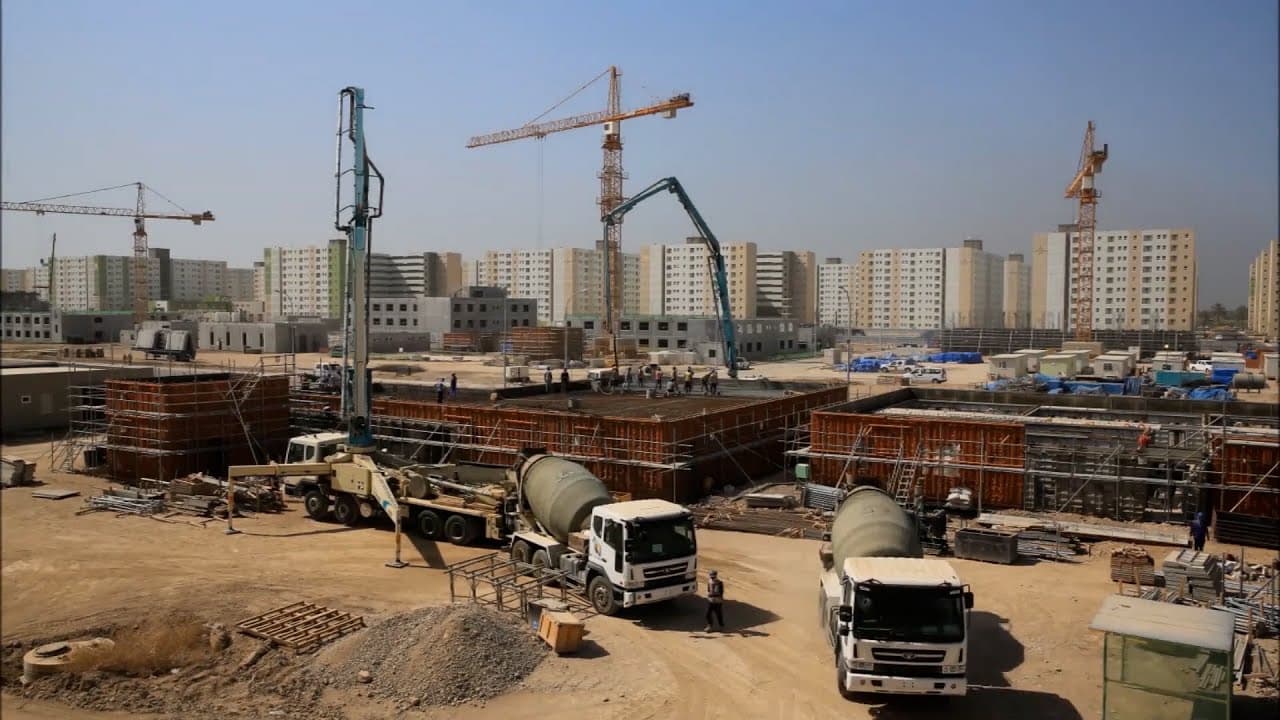We're loading the full news article for you. This includes the article content, images, author information, and related articles.
Kenya has surpassed one million square metres of certified green buildings, a significant environmental milestone. However, with less than 10% of new construction formally certified, the nation's true progress in sustainable building remains largely undocumented and under-recognised internationally.

NAIROBI, KENYA – A quiet but significant transformation is reshaping Kenya's urban landscape. As of March 2025, the country officially surpassed one million square metres of EDGE-certified green building space, a tenfold increase since 2020. This milestone, announced by the International Finance Corporation's (IFC) EDGE certification body, signals a robust and accelerating shift towards sustainable construction, preventing an estimated 23,300 tons of CO₂ emissions annually. Yet, this tangible progress is paradoxically invisible on a larger scale. According to a November 2025 report in the Daily Nation, less than 10% of new construction in Kenya undergoes formal green certification. This critical data gap means the country's substantial strides in reducing its built environment's carbon footprint are not fully captured in national climate reporting or recognised by international financiers, potentially hindering access to green finance.
Kenya's move towards sustainable architecture is underpinned by a strengthening policy framework. The government has integrated green principles into its national development blueprint, Kenya Vision 2030, and the Green Economy Strategy Implementation Plan (2016), which ambitiously targets 75% of large new or renovated buildings to be green by 2030. A landmark development came on July 17, 2024, with the launch of the National Building Code 2024 by the National Construction Authority (NCA). Replacing the archaic 1968 by-laws, this new code, effective March 1, 2025, mandates sustainable practices, including standards for energy and water efficiency. Further regulatory muscle is anticipated with the proposed Climate Change Green and Resilient Buildings Regulations 2023, which aims to create a dedicated government unit to oversee green building implementation and certification. David Waititu, Chief Architect at the State Department for Public Works, confirmed in October 2025 that a comprehensive Green Building Standard is under development and expected to be operational within a year.
The drive towards green building is not purely policy-driven; it is backed by compelling economic and environmental data. An IFC study revealed that just 22 green buildings in Kenya save a collective KSh 585 million annually in electricity costs. Green homes can achieve up to 53% in energy savings and 42% in water savings. This resource efficiency directly translates into lower utility bills for occupants and reduced operational costs for businesses, making these properties increasingly attractive. The demand is particularly high in the commercial sector, where corporate tenants seek to meet their own sustainability goals. Notable examples of certified green buildings, primarily in Nairobi, include the Britam Tower, Garden City, and Strathmore Business School, showcasing the viability and benefits of sustainable design.
Despite the clear benefits and growing momentum, several challenges hinder widespread adoption and, consequently, the visibility of Kenya's progress. The primary obstacle remains the high initial cost of green construction materials and technologies. This perception of prohibitive upfront investment acts as a significant deterrent for many developers, especially in the residential sector, which lags behind commercial adoption. A study published by the Architectural Association of Kenya (AAK) highlighted a critical skills gap, reporting that a staggering 80% of building developments proceed without adequate input from green housing professionals. This is compounded by a lack of widespread awareness among the public and smaller developers about the long-term financial savings and benefits of green buildings. Furthermore, experts point to a lack of enforcement of existing sustainable building policies as a major challenge, preventing a more unified and visible nationwide shift.
The consequence of these barriers is a construction landscape where many developers Eg Kings Developers & RFDevelopers in uganda incorporate some green features, like solar water heaters—mandated by the Energy (Solar Water Heating) Regulations, 2012 for certain buildings—without pursuing full certification. While these individual efforts contribute to reducing emissions, they are not systematically tracked. Without the verified data that comes from formal certification processes like EDGE or LEED, Kenya cannot accurately account for its progress towards its Nationally Determined Contribution (NDC) under the Paris Agreement, which pledges a 32% reduction in greenhouse gas emissions by 2030. This invisibility not only weakens the country's climate action reporting but also makes it more difficult for certified, sustainable projects to attract investment from a growing pool of global green finance. Organizations like the Kenya Green Building Society (KGBS) are working to close this gap through advocacy, training, and the development of local rating tools, but turning the invisible progress into a documented success story remains a critical task for Kenya's sustainable future.
Keep the conversation in one place—threads here stay linked to the story and in the forums.
Other hot threads
E-sports and Gaming Community in Kenya
Active 7 months ago
Popular Recreational Activities Across Counties
Active 7 months ago
The Role of Technology in Modern Agriculture (AgriTech)
Active 7 months ago
Investing in Youth Sports Development Programs
Active 7 months ago